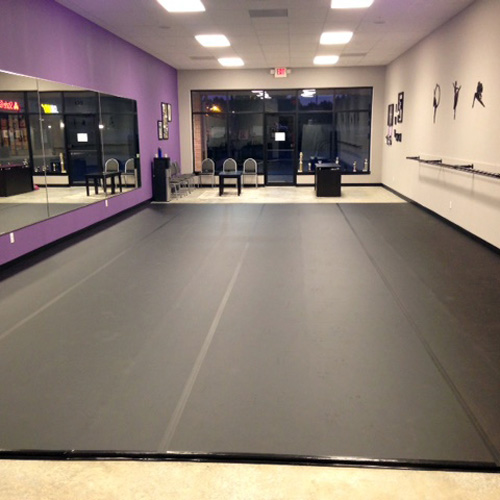Enhancing Creativity Via Shade Principles in Illuminated Dancing Floor Creations
Enhancing Creativity Via Shade Principles in Illuminated Dancing Floor Creations
Blog Article
Color concept represents an important element of design, especially when it comes to creating LED dance surfaces. The interplay of hues can significantly affect the mood and energy of a venue. By understanding how hues work together, designers can create an environment that enhances the total experience for dancers. This piece explores the fundamentals of color theory and its use in LED dance surface layouts.
The main colors are crimson, azure, and golden. These hues cannot be created by blending other hues combined. Secondary colors, such as green, orange, and violet, are formed by combining main colors. Tertiary colors are formed by mixing a primary color with a intermediate color. Understanding these fundamental connections helps designers select hues that complement one another and create a aesthetically pleasing show. Mixing these colors on an LED dance floor can lead to dynamic and stimulating effects that attract the focus of participants.
Hue value also plays a crucial role in aesthetics. Hues can be categorized as warm or cool. Warm colors, such as crimson, tangerine, and golden, often to elicit emotions of enthusiasm and warmth. In contrast, cool colors like azure, green, and purple typically generate a serene and soothing atmosphere. Creators can utilize these color values to establish the ambiance for various kinds of events. For instance, a party environment may gain from hot colors that energize the audience, while a further relaxed event might employ chill hues to offer a soothing influence.
In addition to color combinations and temperature, brightness and saturation are vital factors to consider. Brightness refers to how light Read More Here or dim a hue looks, while saturation indicates the vividness of a hue. Bright, saturated colors can create a lively and energetic environment, perfect for dancing surfaces. On the other hand, softer, lower saturated hues can generate a further subdued atmosphere. Through adjusting brightness and saturation, designers can attract focus to specific sections of the dance surface visit here or establish visual pathways, guiding participants through the venue.
Ultimately, it is essential to take into account the psychological effects of hue in LED dance surface layouts. Various colors can evoke different feelings and responses. For example, crimson is often linked with zeal and energy, while blue can be soothing and tranquil. Understanding these connections enables creators to tactically use colors to affect the actions of participants. By incorporating color principles into light-emitting diode dance floor designs, creators can enhance the overall encounter, rendering it unforgettable and enjoyable for everyone participating.